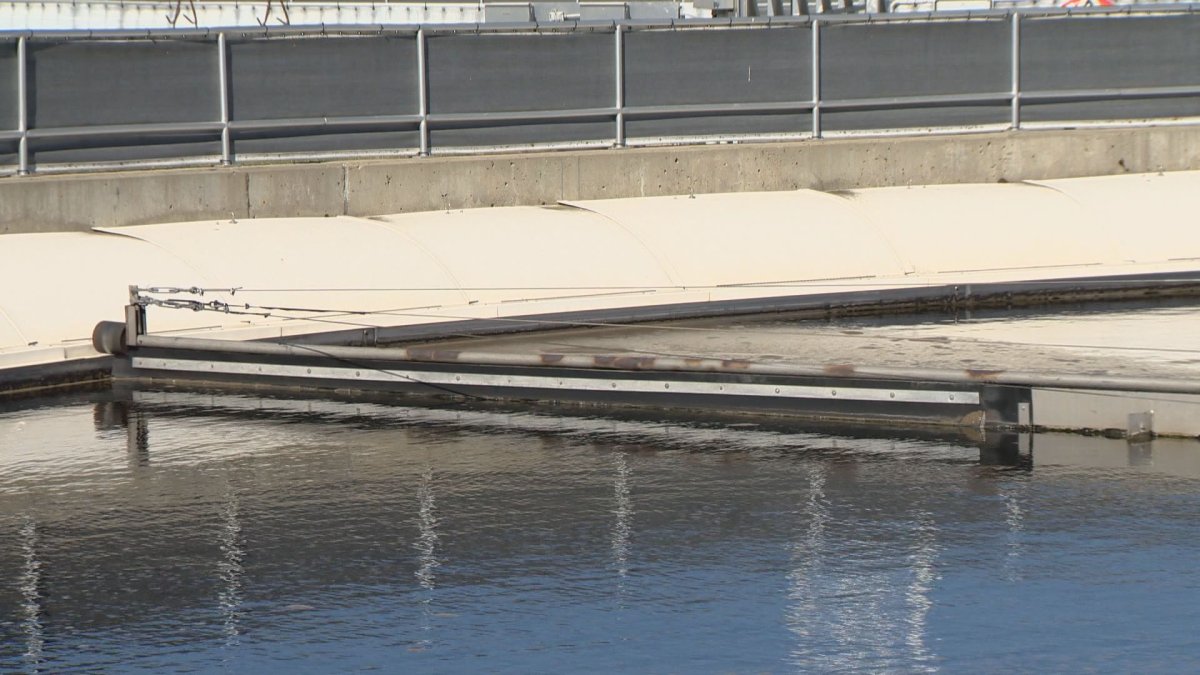Recent research from the University of Saskatchewan (USask) and Global Water Futures researchers using wastewater epidemiology to monitor COVID-19 levels in the community shows a 44 per cent increase in the overall viral RNA load in Saskatoon, from the previous week.

There was a 12.8 per cent increase specifically in just the Omicron variant in Saskatoon.
The new weekly data includes samples collected up to May 4.
However, the overall numbers in Prince Albert and North Battleford decreased. The amount of COVID-19 RNA in North Battleford’s wastewater dropped by 24.4 per cent and by 58.2 per cent in Prince Albert.
University of Saskatchewan toxicologist John Giesy, who leads the team that monitors the wastewater in the three cities, said the increase in Saskatoon comes after two successive weeks of decline. He confirms the viral load is large in Saskatoon, with the second greatest amount ever observed and approximately the same amount as it was a month before.
He adds the statistics mean it is too early to declare that the sixth wave has passed its peak.
“This increase in viral RNA load is indicative of an increase in SARS-CoV-2 infections in Saskatoon, which – in a partially vaccinated population – may or may not be reflected by new case numbers in upcoming weeks,” Giesy said.

Get weekly health news
Giesy said to project a trend we need to have at least three weeks with the numbers moving in the same direction.
The research shows proportions of SARS-CoV-2 RNA load in Saskatoon’s wastewater of Omicron BA.1 were: 0.0 per cent; Omicron BA.2: 96.8 per cent; other lineages: 3.2 per cent.
Giesy said they will be using whole-genome sequencing to look for other sub-variants of Omicron, such as BA.3, BA.4 and BA.5 and the various X-variants of Omicron, which are recombinations of various BA-subvariants.

When it comes to why Saskatoon is seeing a significant increase in COVID wastewater numbers, Giesy said super spreader events could be to blame.
“So, things are bouncing up and down, they go up and you know, one thing is … Easter weekend, things bounced up after that,” he explained.
“I was talking to people that said, yeah, you know, we went to … this event and we think we caught it there. So, you know, I think we’ve got things going on in society and some of them are big events and some of them turn into spreader events and things hop up and then they kind of slowly go back down again,” he added.
Giesy said Prince Albert and the Battleford have both seemed to have peaked, where the numbers have started to go back down again. However, there’s still the chance they could pop back up again, he said.
He said the other noticeable trend from the research is that they’re now seeing changes in the variants.
“As you know, B.A. 1 came in on Omicron and popped up real fast … now other lineages are showing up,” he said. “In Saskatoon now, we’ve got 3.2 per cent lineages of Omicron that are not B.A.1 or B.A.2. I can’t say what else they are, but it could be B.A.3, B.A.4, B.A.5.
Giesy said since the province no longer has targeted PCR testing methods to help quantify the COVID data that can be detected, researchers know that these sub-variants are probably there, but they just don’t know exactly how many.
Giesy also said it’s important to keep in mind that over time, the variants tend to become more infectious, as they tend to “be able to compete.”
He said the variants have to be able to infect people better, otherwise, they die out and they don’t take over.
“So B.A.2 was much better at infecting people than B.A.1, so it took over. The other thing that happens over time is they generally get less virulent,” Giesy explained. “That means they cause less severe disease, again, that’s a strategy on the part of the virus that if you kill your host, that’s sort of a dead-end,” he said.
Over time, the variants tend to moderate and another thing that happens is that they become more adept at evading people’s immunity, either from vaccination or from previous infections.
The toxicologist said that’s what’s happening with B.A.3, B.A.4 and B.A.5.
“They seem to be, you know, evading the immune system with impunity … what that means is people catch it time after time after time. I now know people that have had COVID three times and so that’s what’s going to keep happening,” Giesy stated.
These factors will continue to keep COVID numbers at a pretty high level, he said, noting people will be getting reinfected.
“The bottom line from that is every time there’s an infection, that’s a potential chance for a mutation and a change to something else.”








Comments